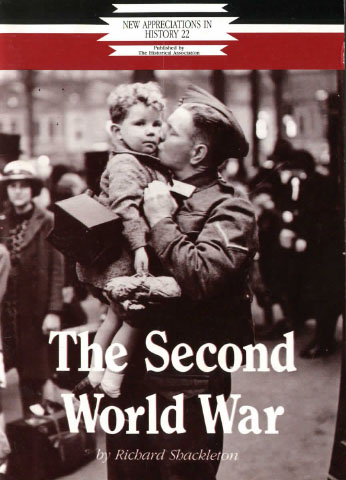The Second World War
Classic Pamphlet

The World at War
On 5 September 1939 the German Führer, Adolf Hitler, paid a surprise visit to the corps which was in the forefront of his army's ferocious assault upon Poland. As they passed the remains of a smashed Polish artillery regiment, the corps commander, General Guderian, astonished Hitler by telling him that the destruction was the work of tanks and not, as Hitler had supposed, of dive bombers. ‘I was able to show him', Guderian recalled in his memoirs, ‘that the smallness of our casualties in this battle against a tough and courageous enemy was primarily due to the effectiveness of our tanks. Tanks are a life saving weapon.'
On 12 September 1945 General Sir William Slim, who had led the British 14th Army to victory in Burma, watched the formal surrender of all Japanese forces in Southeast Asia. Knowing all too well of the Japanese treatment of prisoners, he felt no sympathy for them they, in turn, appeared to have no feeling of any sort, until General Itagaki leant forward to attach his seal to the surrender document. ‘As he pressed heavily on the paper', Slim later wrote, ‘a spasm of rage and despair twisted his face. Then it was gone and his mask was as expressionless as the rest. Outside, the same Union Jack that had been hauled down in surrender in 1942 flew again at the masthead.'
Between these two events there had elapsed six years of war, six years of expanding conflict, monstrous crime, appalling suffering, political transformation and unpredictable social change.
This resource is FREE for HA Members.
Non HA Members can get instant access for £3.49

